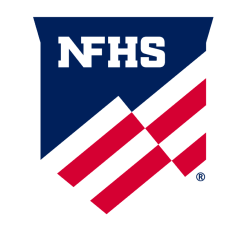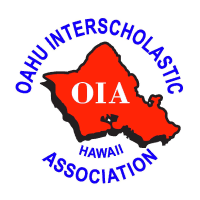The NFHS Voice

 The NFHS Voice
The NFHS Voice
Should Technology Aid Performances in High School Sports?
Dr. Karissa L. Niehoff, NFHS Executive Director
One of the age-old objectives of the NFHS has been to preserve the records, tradition and heritage of education-based athletics and activities programs in the United States.
As the leader and advocate for high school sports and activities, the NFHS has been keeping records set by high school athletes since the first National High School Sports Record Book was published by the NFHS in 1978. The Record Book was printed annually until 2010, when it was moved online to our website at www.NFHS.org.
Names of more than 100,000 high school student-athletes have appeared in the Record Book in the past 42 years; and while there are a few individuals and teams still remaining from that first publication, in the spirit of “records are made to be broken,” most categories have had multiple leaders.
In addition to bringing proper recognition to high school student-athletes, coaches and teams who achieve outstanding performances in interscholastic athletic competition, we believe this recognition stimulates interest in high school athletic programs and motivates other competitors to improve their skills.
And we have strived that only records set in the spirit of good sportsmanship and fair play are entered in the Record Book.
It is understandable that records are broken frequently, with continual improvements in equipment, nutrition, training methods and – most recently – technology. However, at what point do some of these improvements, particularly ever-changing technology, begin to affect the No. 1 principle of rules writing for the NFHS: Fair Play?
The NFHS has been writing playing rules for high school sports since the 1930s when it published football and basketball rules for the first time. Baseball and track and field were added in the 1940s, followed by wrestling in the 1960s and many others in the 1970s.
It is impossible that the early rules writers could have envisioned the advances in technology and how some of these improvements challenge rules writing today. Although the question about whether to utilize instant replay for game-ending plays has drawn much attention, some of the personal technology items – and the increasing presence of drones at athletic events – are more onerous.
With high-tech watches, and electronic devices such as cell phones and tablets, the ability to view and process data during actual competition is readily available, which leads to the ethical question of whether this use of technology unfairly aids performance.
This topic has generated a great deal of discussion, and some high school sports allow limited use of technology devices by coaches during games. However, when athletes are competing against each other on the field or court, the stakes should be even. No competitor in high school sports should gain an unfair advantage over an opponent based on anything other than his or her athletic preparedness for a contest.
At other levels of sport, particularly at the Olympic and professional levels, history shows that the pursuit of winning rather than the pursuit of excellence becomes the focus. While we understand the pressure to win at these levels, there is a very recent and clear example of the misuse of technology with the sign-stealing scandal in Major League Baseball.
In high school sports, the focus should not be on winning but having fun. NFHS playing rules, which are used by almost eight million participants across 17 sports, will continue to focus on risk minimization, sportsmanship and fair play.
Dr. Karissa L. Niehoff is in her seventh year as chief executive officer of the National Federation of State High School Associations (NFHS) in Indianapolis, Indiana. She is the first female to head the national leadership organization for high school athletics and performing arts activities and the sixth full-time executive director of the NFHS. She previously was executive director of the Connecticut Association of Schools-Connecticut Interscholastic Athletic Conference for seven years.









